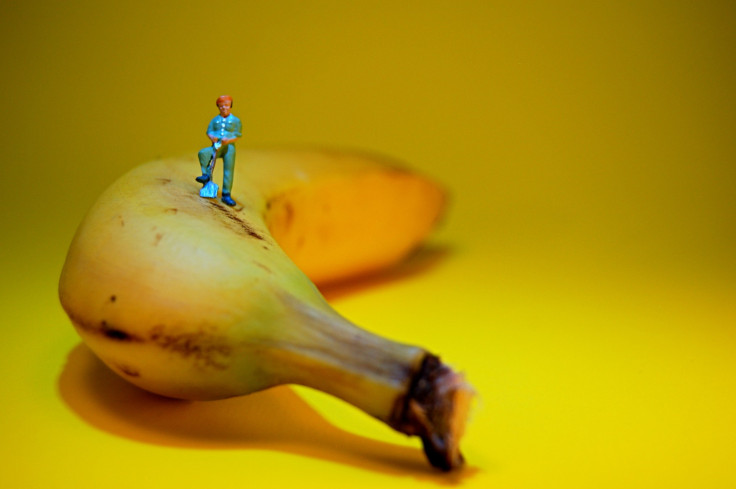Cavendish Banana Crops Threatened By Untreatable Plant Disease; World's Favorite Fruit Is Driven To Decline

Bananas are the most popular fruit in the world but could soon become the rarest as a fungus ravishes crops in every country it’s grown in. A group of research scientists at Wageningen University traced the fungus that’s responsible for ravaging crops in Southeast Asia for decades and found it has jumped continents and continues to threaten bananas on a worldwide scale. The results of their findings, published in the journal PLOS Pathogens, demonstrate how the fungus continues to spread and warn if it hits the biggest banana growers in Latin America, the fruit is likely to die off.
When the banana-killing fungus strain “Tropical Race 4” reached South Asia, Australia, China, the Philippines, Jordan, Mozambique, Pakistan, the Middle East, and Africa in 2013, it left behind infested and ruined banana plantations in its wake. The plant's death actually comes from an untreatable disease the fungus causes, which the world’s most popular bananas, the Cavendish, are particularly susceptible to contracting. The disease spreads through a soil-borne fungus and water that travels up the plant’s roots, which kills the plant and the surrounding banana plots, leaving them contaminated for years.
Panama disease isn’t new. It drove another type of banana crop, the Gros Michel, found in Costa Rica and Panama, to near-extinction in the 1960s. It took 20 years for researchers to pinpoint the exact fungus (Fusarium oxysporum f.sp. cubense) that was causing the devastation. Once it comes in contact with a suitable host, it saturates the plant’s root system and remains in the soil up to 30 years after the crops have died off. After the fungus wiped out most of the Gros Michel crops, leaving only small plantations in Thailand with the last of the nearly-extinct variety, farmers began growing the Cavendish bananas.
The fungus strain that’s causing the current global die-off of the Cavendish crops is a new cloned form of the Panama disease. Banana farmers have been aware of the disease looming around their plantations, but it wasn’t until researchers identified the deadly fungus that they could confirm suspicions. Researchers say “drastic strategy changes” are necessary to protect current crops and eliminate infected crops from spreading by means of quarantine. Just like the Cavendish replaced Gros Michel, the world will need a new banana variety if the fungus destroys current crops as it's predicted to.
Researchers concluded: "Developing new banana cultivars, however, requires major investments in research and development and the recognition of the banana as a global staple and cash crop that supports the livelihoods of millions of small-holder farmers."
Source: Ordonez N, Kema GHJ, and Ploetz RC, et al. Worse Comes to Worse: Bananas and Panama Disease — When Plant and Pathogen Clones Meet. PLOS Pathogens. 2015.



























